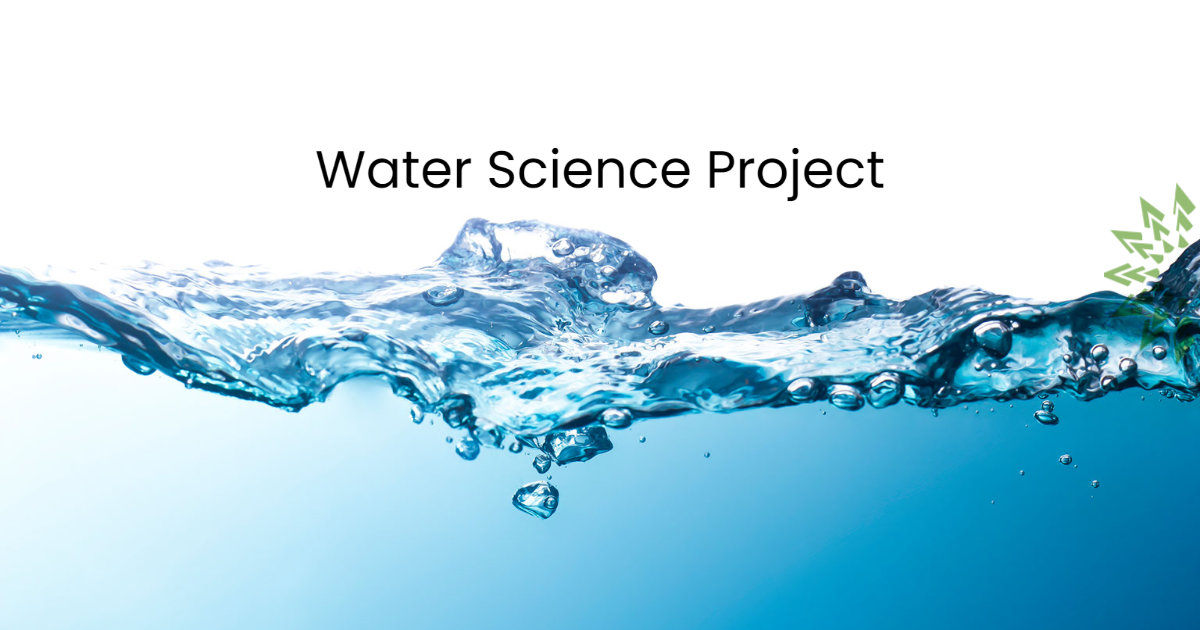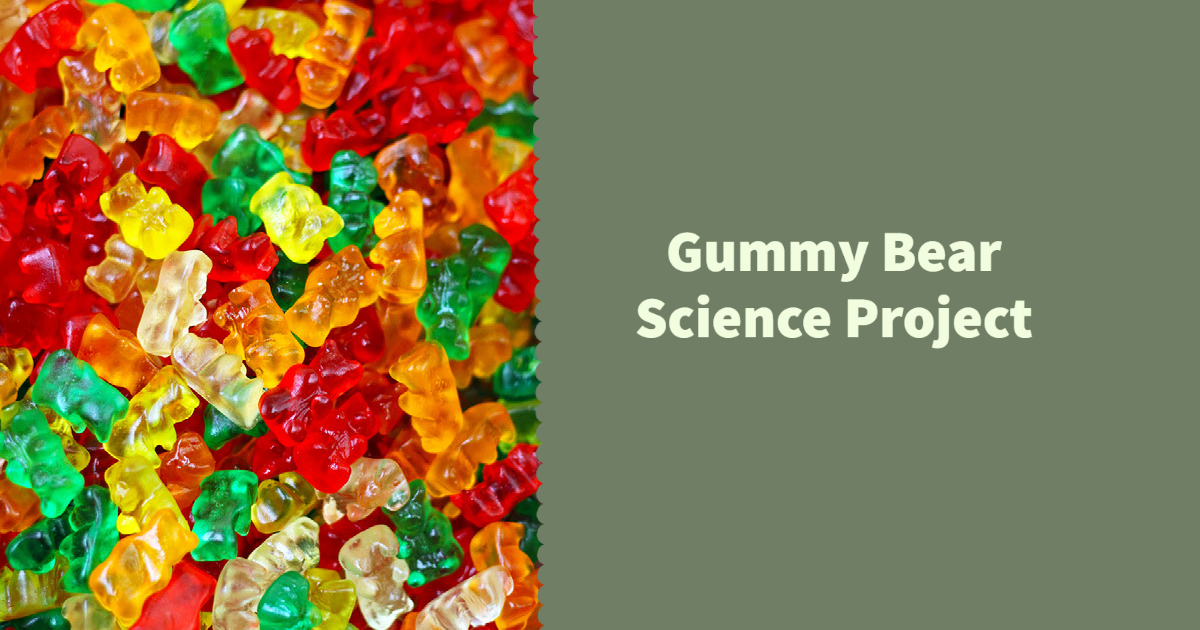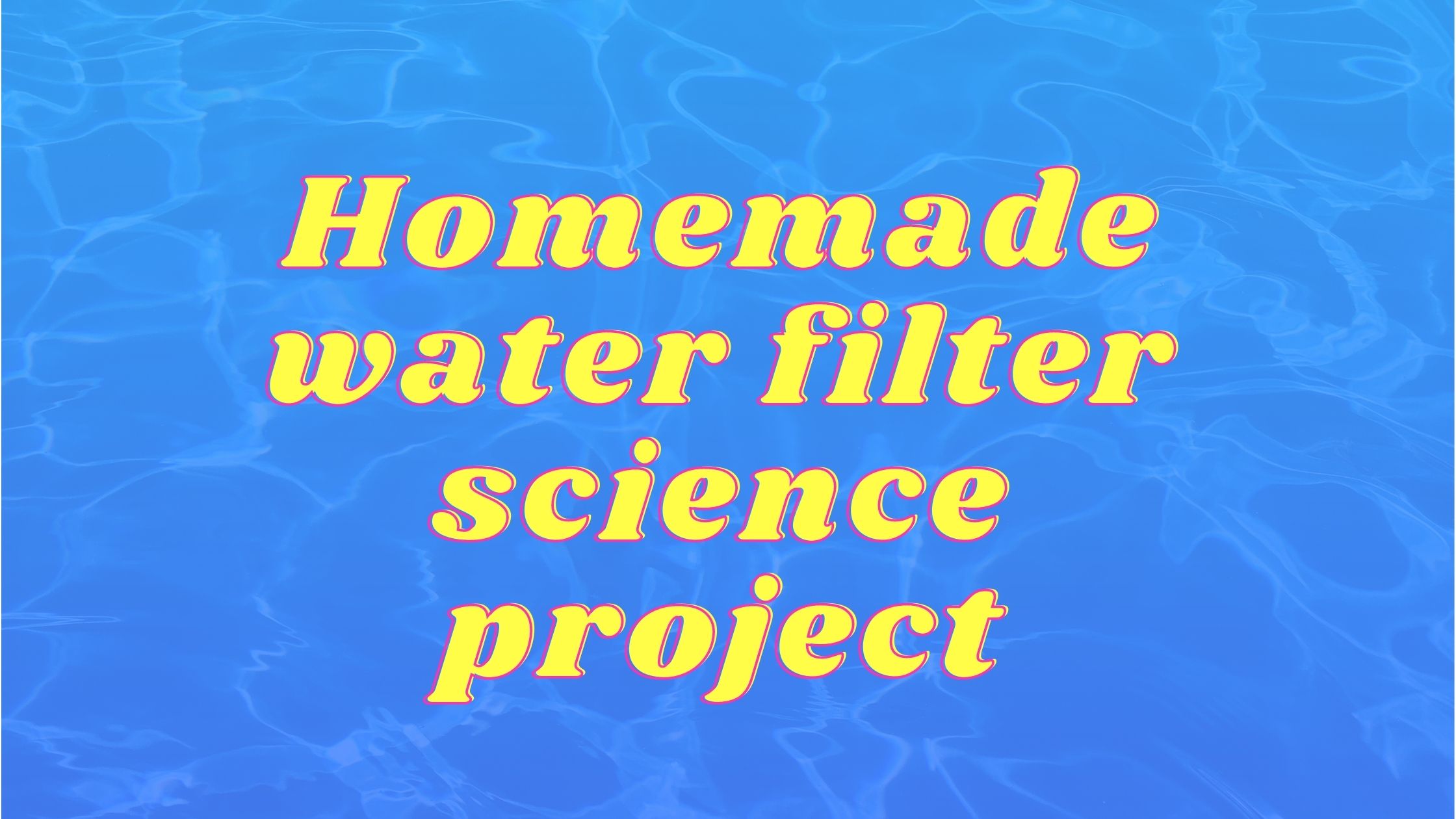Water Science Project
Water Science Project Intro
There are various water science projects to surprise. Many children love experimenting with water because it is easier than other elements. Catch an ice cube, rising water, rainbow creations, and many others. You will find a long list of experiments for the 4th to 9th graders to showcase. Teachers expect exciting projects from students. And the water science project has endless possibilities. Moreover, it is freely available. This liquid is almost a requirement for all science experiments. It is also a reason why it is one of the popular picks.
Ice Cube Catch
Every kid loves to play throw and catch. So, catching an ice cube with water is a fun way to teach children some scientific facts. You will need a bowl of cold water, a string 12-inch size, a few ice cubes, and salt. Let an ice cube float inside the bowl of cold water. Use one end of the string to place over the ice cube and attach the other to the bowl. Pour salt over the ice cube, and don’t be shy. The string will freeze, sticking to the ice cube. It is a nice catch.
Rising Water
The rising water experiment is an easy project for the kids. You can use food color for more elaboration of water vapors. So, the student learns better about rising water. You will require a plate, a glass, a candle, something to light the candle, water, and sticky dough. Place the candle over the plate attached to the dough to the plate. Therefore, the candle will not fall. Pour over some water on the plate. And cover the candle with a glass over the plate. If you mix food color with the water added, it will show colored water vapor.
Water Leakage
This experiment tests if cold water leaks more quicker than hot water. It is also one of the easiest science projects for up to 9th graders. Use two paper cups. Make a tiny hole with a pin at the center of the bottom. Fill one cup with hot water and the other with cold water. Use the same amount of water and record the total time for drainage. This experiment shows that the molecules that are tightly packed have less flexibility. So, the ice-cold water will drain slowly. And the hot water molecules move faster, being further to each other.
Water Can Walk
The walking water experiment can help students understand how water can move from a filled container to an empty one. Use three glasses, two hand towels, water, and food colors. You will require two different types of diluted food colors. Fold the towels. Fill two glasses with water, half a glass or more. Add the food color and mix well.
Place each towel inside the glass till it touches the bottom. However, keep the towels as far away from each other as possible. Place the other end of the towel inside an empty glass. Wait for a few hours. The water will walk from a filled glass to an empty one via the towel. You will see the towels’ color change.
How do different things mix with water?
For this water science project, you can use any substance to mix with water. Take as many substances as you like and combine these with water to see the results. To test this theory, you can use sugar, salt, baking soda, oil, butter, and other compounds. You can also mix a single substance with either cold or hot water. And see how mixing it with hot and cold water differentiates.






